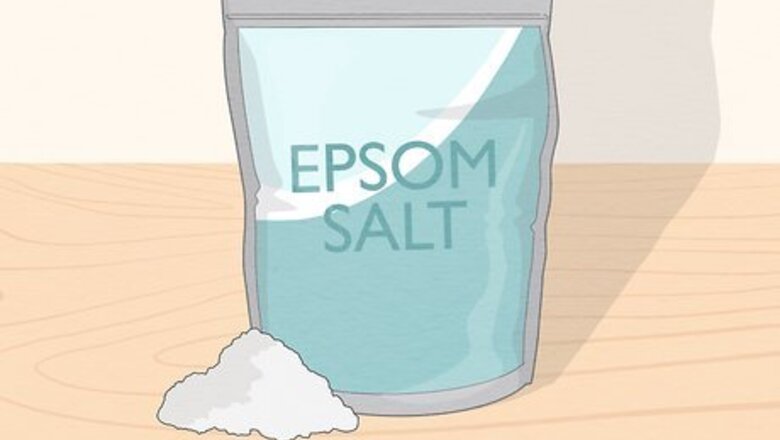
views
Can Epsom salt kill warts?

Nobody knows for sure, but it may help get rid of them. A number of people have had success using Epsom salt baths to treat warts. There isn’t any research on it, but Epsom salts are typically harmless for most folks, so it’s worth giving this a shot if you haven’t had success with other treatments. Epsom salts are a popular home remedy for a variety of skin conditions and issues, but it’s possible that they don’t do much of anything at all. There just isn’t a ton of research on this one.
How do I use Epsom salt to kill warts?
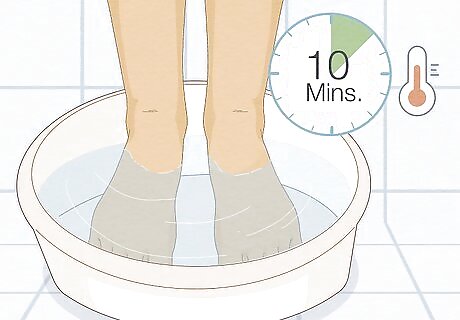
Mix some Epsom salts into warm water and soak the wart for 10 minutes. If the wart is on your foot or hand, get a large bowl or bucket and fill it with warm water. Then add a small amount of Epsom salts to the water. The package should tell you the correct amount of salts to add depending on how much water you are using. Soak your hand or foot for roughly 10 minutes. Do this twice a day to see if it helps with your wart at all. It may not, but at least it should be relaxing! If you like, you can fill your bathtub with Epsom salt water and soak your entire body. A lot of people find this soothing and relaxing! The water should be warm, but comfortable. You don’t want it to be so hot that it hurts your skin!
Are Epsom salts safe for treating warts?

Yes, so long as you don’t have an open wound or infection. Most people find Epsom salts to be soothing, and there aren’t any serious risks for most people. However, if you have an open wound, infection, or severe inflammation, talk to a dermatologist before you use Epsom salts. It may be okay, but it’s worth checking first. Epsom salts are poisonous if they’re ingested, so don’t drink water with Epsom salts in it, and keep the salty water away from your mouth and nose. Some people believe that drinking Epsom salts are good for constipation, but there’s no evidence it’s actually safe or healthy to do this. Epsom salts can be a skin irritant for a small number of people. If your skin starts bothering you after you soak it in Epsom salts, just rinse your skin and avoid the treatment in the future.
Will daffodils shrink a wart?
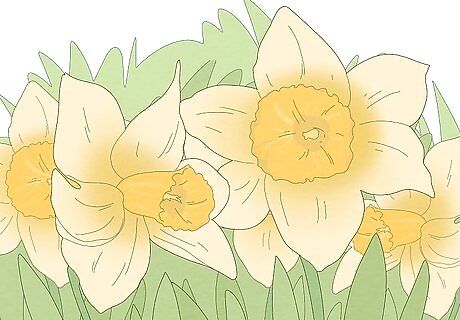
There is no evidence that daffodils will do anything for your wart. Daffodils have been recommended by folk healers for a variety of medical conditions throughout history, but there’s just no evidence it will do anything for your wart. While Epsom salts might help, it doesn’t appear that daffodils are going to do anything productive for your skin. In fact, it’s likely to do more harm than good.
Are daffodil-based treatments safe?
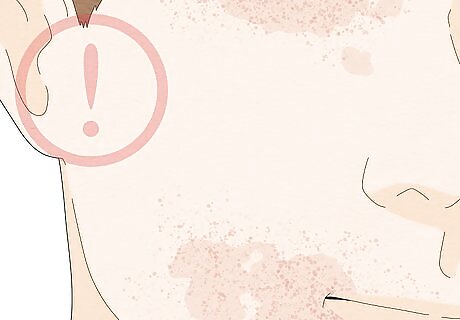
No, and you’re better off skipping this one for safety reasons. Daffodils are more likely to irritate your skin than cure your wart. These flowers happen to be one of the most common triggers for dermatitis, so you may just cause a skin reaction if you rub daffodils on your wart. On top of that, the bulbs of daffodils are poisonous if you ingest them. Since there’s no evidence a daffodil-based wart treatment will work anyway, there’s just no reason to try this one. There are a lot of treatments out there that are effective and safe, so you really don’t need to start chopping up daffodils to get rid of your wart.
What’s the best treatment for warts?
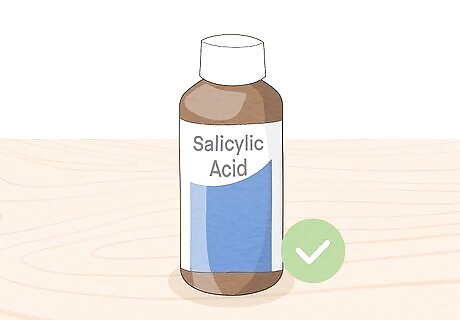
Salicylic acid is probably the most efficient solution. Salicylic acid may sound scary, but it’s a pretty simple and easy treatment. Just buy any wart treatment cream that contains salicylic acid and follow the instructions to apply it to your skin. Typically, you just soak your skin in warm water for 10 minutes or so and then exfoliate the area with an emery board or pumice stone. You put a small dollop of the acid on your wart and then let it be! There are also bandages out there with salicylic acid pre-soaked into the cotton pad if you want to hide the wart while you’re treating it. If you’re looking for natural options, rest assured that salicylic acid is a naturally-occurring compound! Eventually, the acid will shrink the size of the wart and it the affected skin will peel away on its own.

You can use a freeze spray treatment to kill it off. Warts tend to shrink when they’re cold, and you can pick up a freeze spray from your local pharmacy to treat the wart. Just follow the instructions on the box to apply the cooling spray to your skin. Over time, the wart will shrivel up and fall off. These freeze sprays are part of a treatment known as cryotherapy. If you go to see a dermatologist to have the wart professionally removed, this is how they’ll do it. Do not attempt to freeze the wart off with an ice cube! It won’t work, and you’ll just irritate your skin.
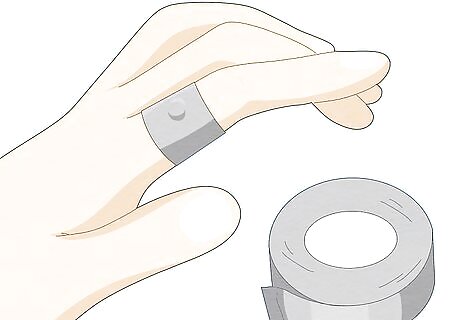
Try duct tape if you want a 100% chemical-free option. This one sounds silly, but it works! Get a tiny strip of duct tape and lay it over the wart. Leave it in place for 2-3 days and then peel the tape off of your skin. Clean the area with soap and water, and apply a new bit of tape once you’ve dried the skin. Over time, the wart should peel away in layers. It’s unclear why this works, but enough people have had success with it that it’s considered a solid option.
How do I know I have a wart?
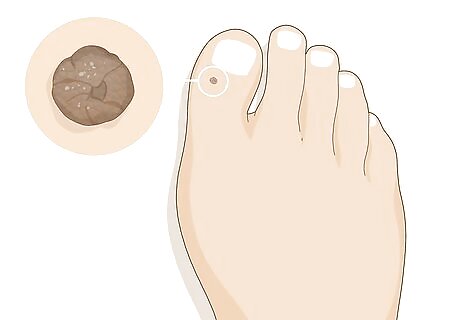
The size, color, and texture should make it easy to tell. Warts often appear on your hands or feet. They often have tiny black dots. If you have a small, grainy growth that does not go away after a few days, you likely have a wart. Warts are very common and almost never bring a risk to your health. Warts most commonly appear on the palm of your hands or your fingers. Warts will often go away on their own, but many people choose to remove them for cosmetic reasons. See your doctor if the growth is painful, or if you aren't certain that it is a wart.
Can you prevent warts?
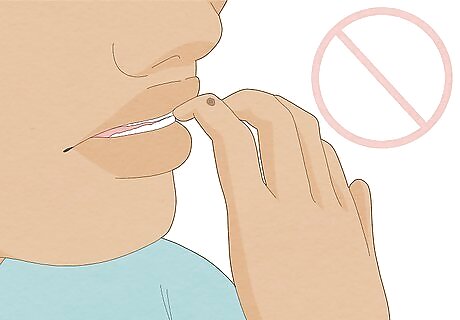
To a degree, yes. Warts are caused by a strain of the human papillomavirus (HPV). Although uncommon, warts can be spread from one person to another. An effective way to prevent warts is to avoid touching someone with a wart. Warts commonly appear near broken skin, such as a break that results from a hangnail. Avoid biting your nails or picking at your skin to minimize the odds you get a wart. Because warts are caused by a virus, one way to avoid them is to take steps to boost your immune system. Get lots of rest and make sure that you stay hydrated and eat a healthy diet

















Comments
0 comment